Ethical Gear Choices for Conservation‑Minded Hunters
Chosen theme: Ethical Gear Choices for Conservation‑Minded Hunters. Step into a season of purposeful decisions where every piece of equipment supports wildlife, habitat, and fair chase. Read on, add your voice, and subscribe for future field‑tested guides that help you hunt responsibly and leave more than you take.
Buy Gear That Builds Habitat
Understand the conservation funding behind your purchase
A federal excise tax on firearms, ammunition, and archery equipment channels millions into habitat restoration and hunter education each year. Choosing compliant, high‑quality products reinforces that funding stream, ensuring more wetlands, prairies, and public access. Ask retailers how your purchase contributes, and celebrate brands that transparently support these programs.
Evaluate brand commitments, not just slogans
Look beyond green labels to verified impact: published conservation reports, measurable acreage restored, and partnerships with reputable groups. Seek certifications, third‑party audits, and long‑term projects instead of vague pledges. If a brand funds on‑the‑ground habitat work or science‑based policy, reward them—and share your findings so our community can support proven leaders.
Leverage community buying power
Collective action amplifies results. Organize group buys from companies donating to habitat, or host a local gear swap that diverts equipment from landfills and funnels proceeds to conservation. Post your event details, invite newcomers, and tag partner organizations so more dollars flow to restoration instead of waste.
Lead fragments can persist in gut piles and carcasses, exposing eagles, condors, and other scavengers to poisoning. Angling gear lost in waterways can pose similar risks to birds and fish. Non‑toxic ammunition and tackle dramatically reduce contamination while safeguarding game meat and the ecosystems that sustain our traditions.
Go Non‑Toxic: Lead‑Free Ammunition and Tackle
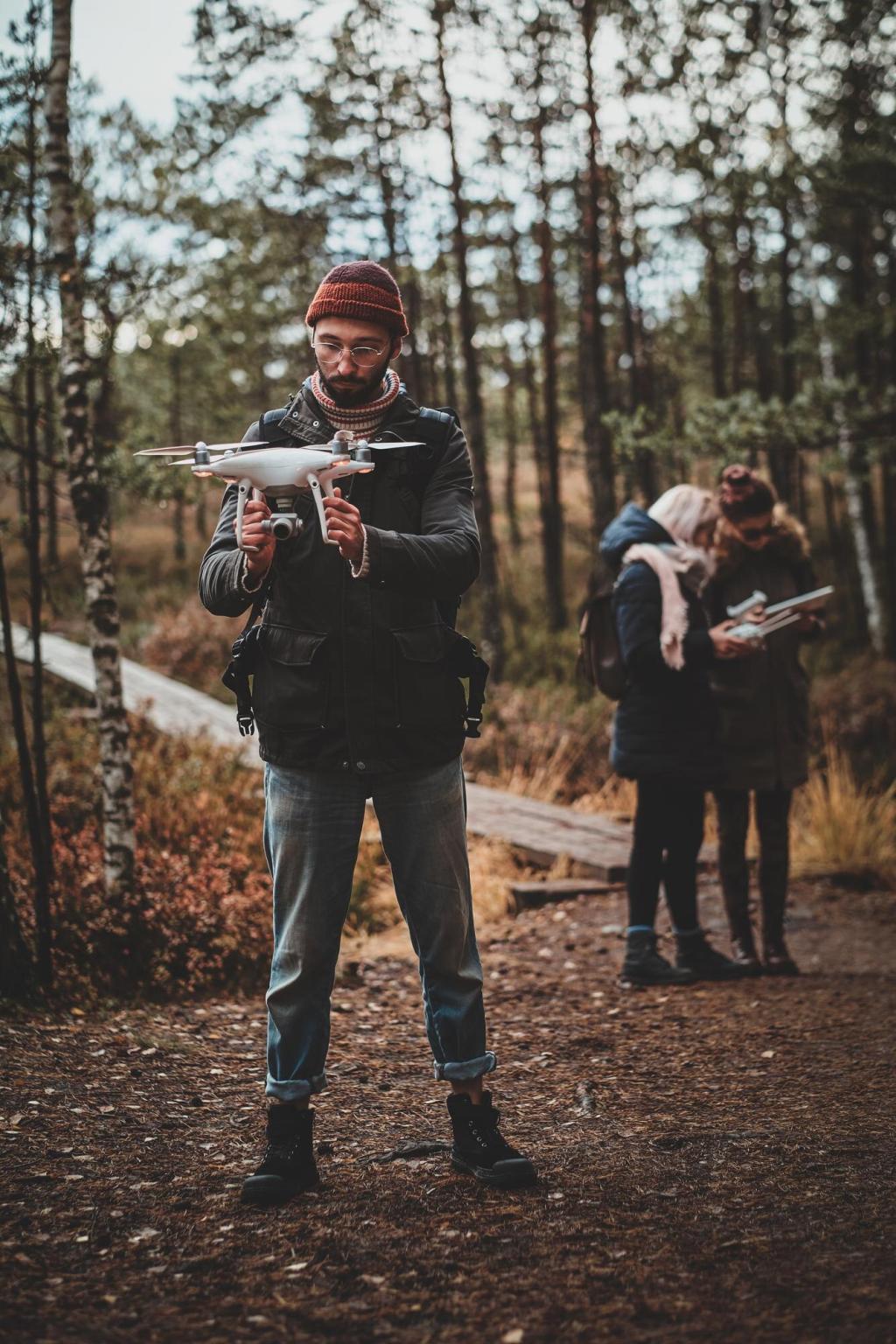

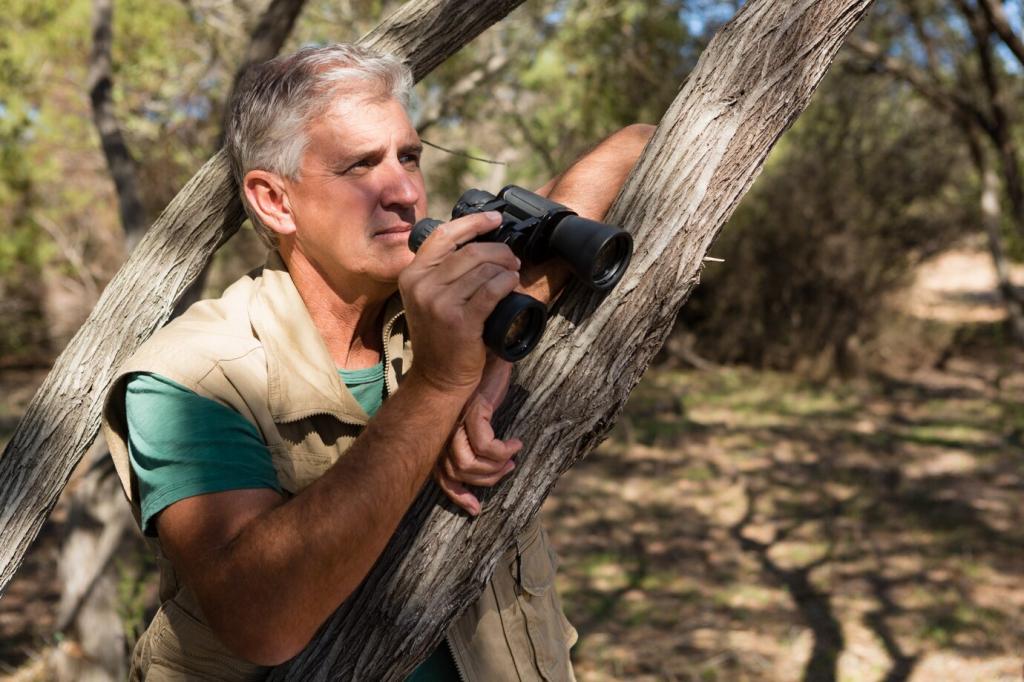
Optics, Accuracy, and Humane Outcomes
Clear binoculars and spotting scopes reveal age, sex, and legal features so you take only appropriate animals. Good glass also reduces eye fatigue during long sits. Fewer mistakes mean cleaner hunts and healthier herds, especially in units where precise identification protects breeding stocks and sensitive populations.
Optics, Accuracy, and Humane Outcomes
Pair a reliable rangefinder with a ballistic app or verified dope card, then practice in wind and awkward positions. Ethical gear informs limits; ethics enforce them. If you cannot guarantee impact and recovery, pass the shot. Share your self‑imposed maximums and why they have made you a better hunter.
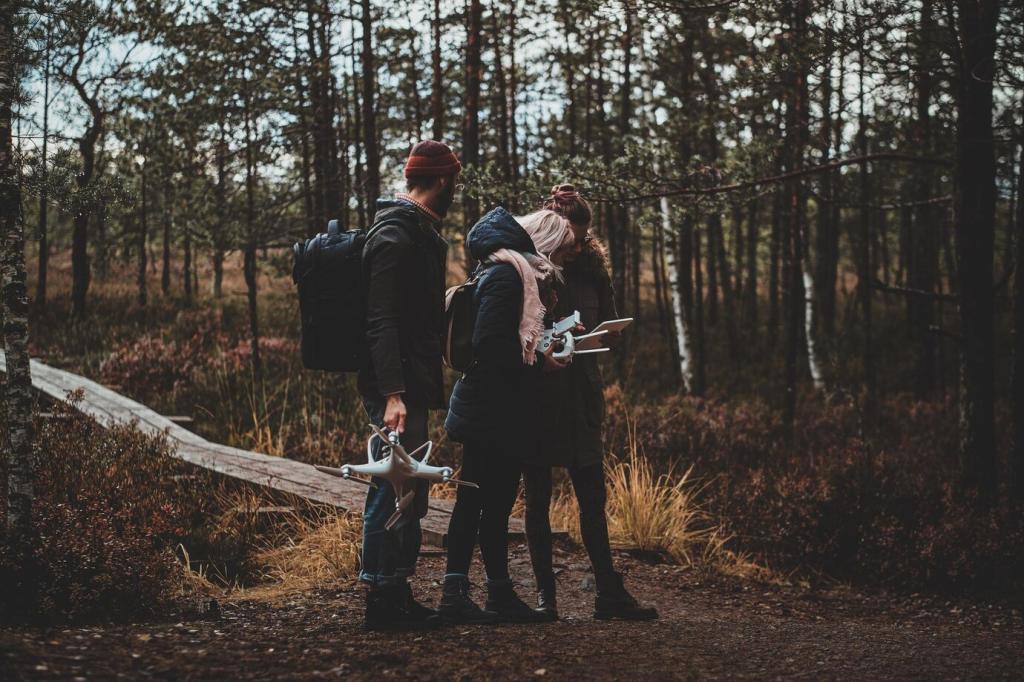
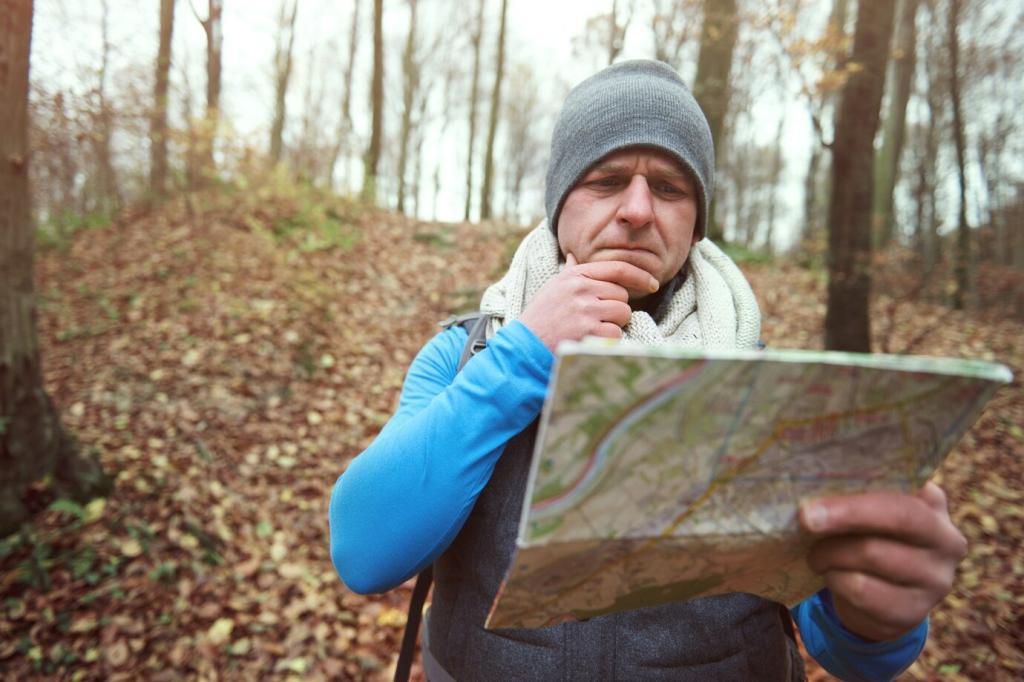
Move Quietly, Power Responsibly
Protect the soundscape and the soil
Soft‑soled boots, trekking poles with rubber tips, and quiet fabrics reduce disturbance on sensitive ground. Secure loose buckles and tape clattering metal to keep wildlife unaware. Staying on designated routes prevents erosion and habitat fragmentation—ethical choices that also increase your odds by preserving natural behavior patterns.

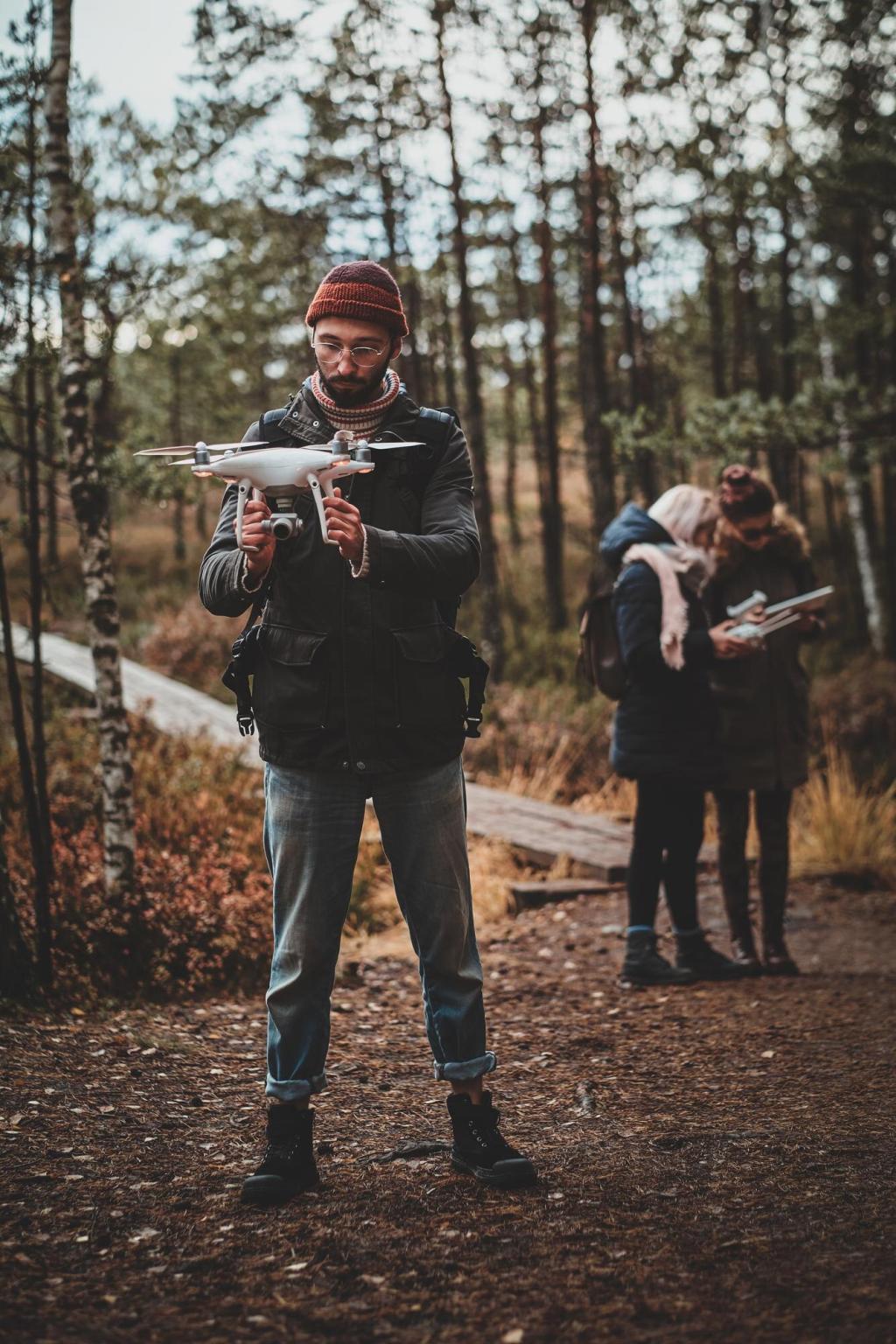
Power the essentials, skip the excess
Recharge headlamps and navigation devices with compact solar or high‑cycle power banks. Carry only the electronics that improve safety and ethics, leaving novelty gadgets at home. Choose repairable cables, and recycle spent batteries properly. Share the smallest kit that reliably keeps you safe through a multi‑day backcountry hunt.
Respectful Meat Care and Low‑Waste Camp
Choose washable, tightly woven game bags that allow airflow while keeping insects off. Create shade with a tarp, promote cooling by spacing quarters, and consider citric acid spray in warm weather. Smart meat care gear prevents spoilage and honors the animal by ensuring every pound is clean and usable.

Respectful Meat Care and Low‑Waste Camp
A sturdy frame pack, cordage, and a minimalist tarp can replace disposable solutions. Bring reusable containers for camp food and recycle fuel canisters at designated sites. Share your pack lists and clever multi‑use items so more of us can haul cleanly and leave campsites free of unnecessary debris.

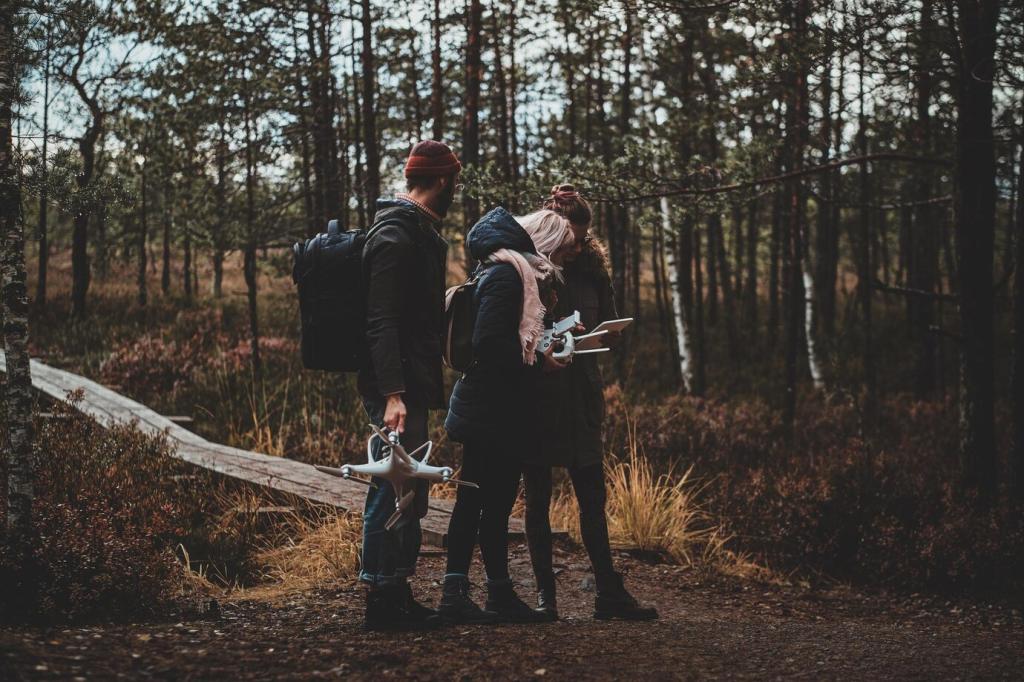
Navigation Choices That Protect Wildlife
Download offline maps that include land ownership, travel management, and habitat overlays. Identify winter ranges, calving areas, and lek sites, then route around them. The right navigation gear helps you avoid unintended disturbance and puts your glass where it matters without stressing vulnerable wildlife.
Navigation Choices That Protect Wildlife
Before departing, check agency notices for closures, prescribed burns, or high‑risk nesting windows. Carry updated regulations in your phone or printed kit. When your map reminds you why a gate is locked, frustration turns into stewardship—and a chance to educate partners about respecting those boundaries.
